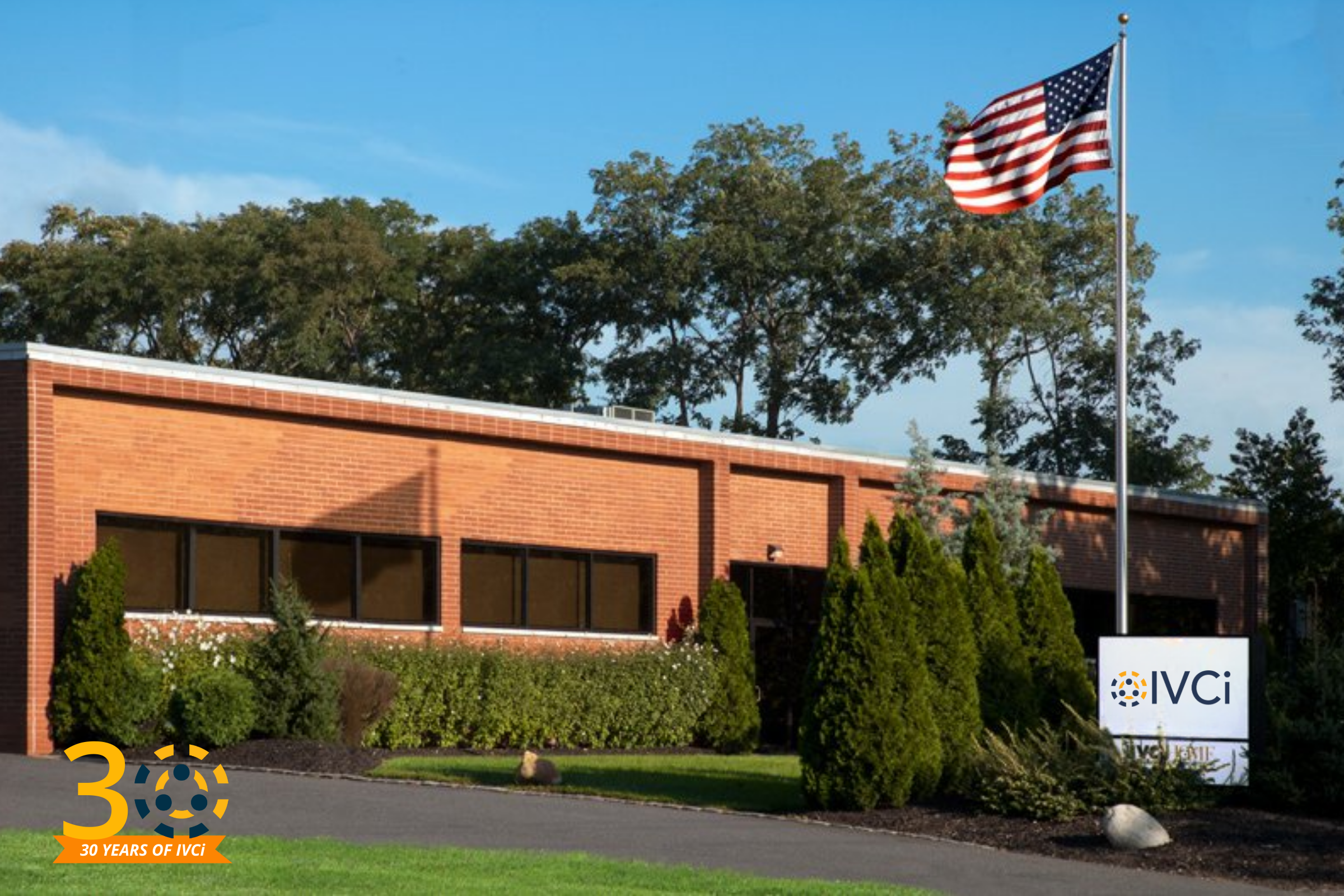We hear the term “digital transformation” a lot these days. Your organization may very well be in the midst of a digital transformation initiative right now. But do you truly understand what it means for your business, now and in the future?
Since digital transformation is a broad term, let’s take a look at it in the specific context of the workplace and its impact on productivity, efficiency, and communication.
How technology has transformed the workplace
It’s no secret that technology has been the driving force behind digital transformation in workplaces. But what exactly has it transformed? The short answer: just about everything.
Here are a few examples of how technology has reshaped the workplace:
- Changing how we communicate – From in-person conversations and phone calls, we now have email, instant messaging, text messaging, and AV conferencing.
- Organizing projects and documents – Businesses used to have to rely solely on file cabinets and carbon copies; now, they can enjoy cloud-based storage and access documents from anywhere.
- Improving productivity – Replacing manual processes with automation and precision allows for more efficiency and productivity.
- Reducing overhead costs – Productivity and efficiency helps organizations save time and money. The same goes for the ability to create, store, and share documents and meet with people via video conferencing that would previously require travel.
- Tightening security – While hackers have advanced alongside technology, cybersecurity protection is better than ever.
- Increasing collaboration – Technology like video conferencing has enabled people who are not in the same physical location to collaborate with little to no notice.
- Enabling a distributed workforce – Companies can source talent from anywhere rather than being limited to a single geographical location.
Just about every aspect of business has been completely revolutionized by technology. Sometimes it seems as if things have advanced so much that they couldn’t possibly go any further. But is that really the case?
What to expect in the future
For organizations who were slow to adopt a digital transformation, the COVID-19 pandemic was the catalyst that got them started. The pandemic, along with further advancements in technology, have made it clear that digital transformations are just getting started.
Organizations shouldn’t get comfortable just because they have advanced technology; new things are on the horizon and leaders should be prepared for more changes. Here are some things businesses should be preparing for:
- The pandemic forced an adoption of different communication tools like Microsoft Teams, Slack, Zoom, and more. Going forward, employees are still favoring those communication tools over email, phone calls, and in-person meetings. Since fewer emails are being shared, it’s important that organizations invest in programs and software that integrate with their preferred communication platform to send documents and collaborate.
- Machine Learning and AI have taken huge leaps in the past few years. President Biden has recently committed to increasing federal funding towards technology, including AI. Organizations can expect increased regulation and possible changes to AI-powered programs.
- Investment in AV technology is no longer an afterthought. Many organizations had to adopt video conferencing for the first time during the pandemic. Now, as many move to permanent remote and hybrid environments, it’s time to invest in long-term systems and solutions that will allow for seamless communication, regardless of location.
If you are looking to boost your organization’s digital transformation and improve communication, collaboration, and efficiency, IVCi may be able to help. Contact us today to learn more.





